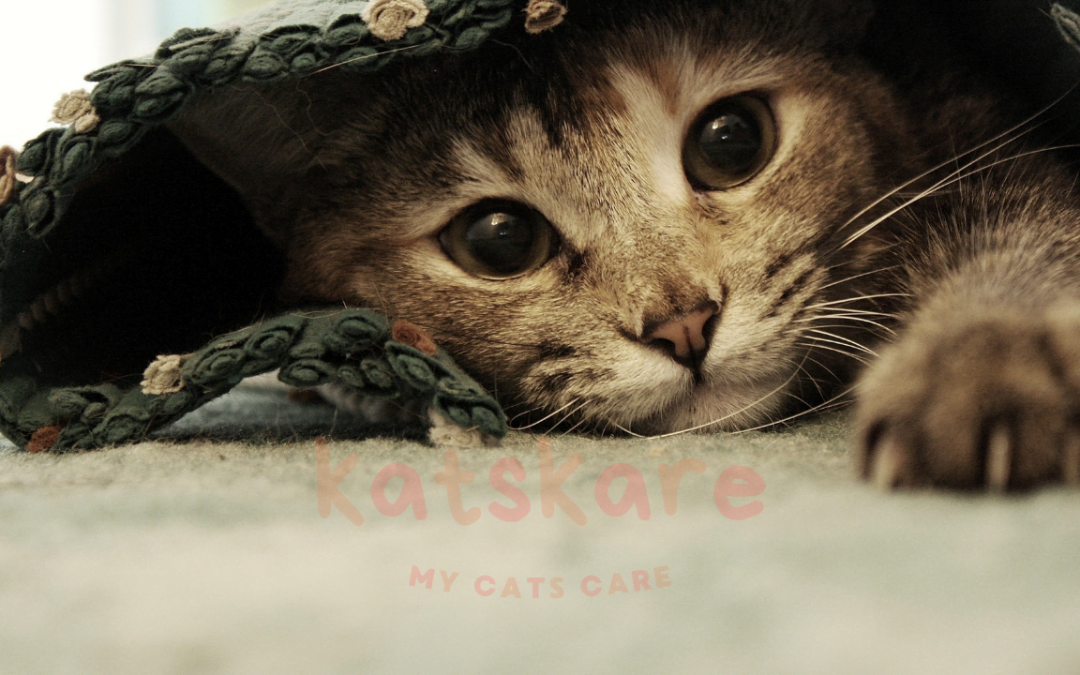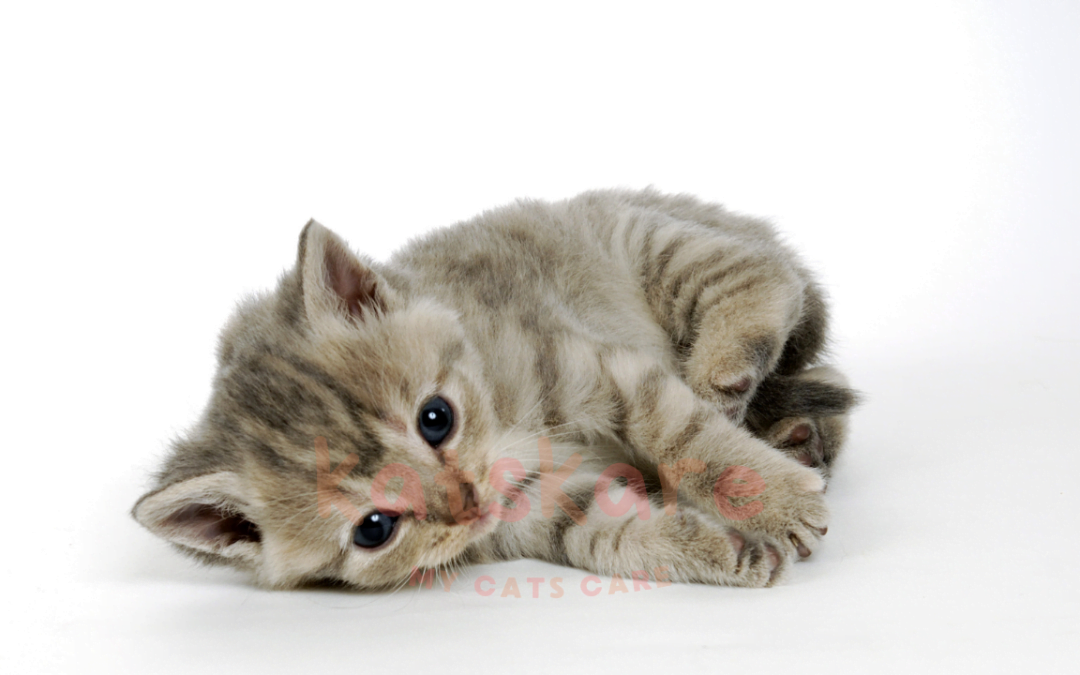| 1. What is the average lifespan of a domestic cat? | The average lifespan of a domestic cat is around 12 to 15 years, but some can live up to 20 years or more. |
| 2. How do I choose the right cat breed for me? | Consider factors like personality, grooming needs, and activity level to find a breed that suits your lifestyle. |
| 3. What vaccinations does my cat need? | Common vaccinations for cats include rabies, feline distemper, and feline leukemia. Consult your vet for the best schedule. |
| 4. How often should I take my cat to the vet? | It’s recommended to take your cat for a check-up at least once a year, or more often if they have health issues. |
| 5. How can I train my cat to use the litter box? | Use a suitable litter box, place it in a quiet spot, and reward your cat for using it. Be patient and consistent during training. |
| 6. What are some common health issues in cats? | Common health issues in cats include urinary tract problems, dental issues, and respiratory infections. |
| 7. How do I introduce my cat to other pets? | Gradually introduce them in a controlled environment, using scent swapping and supervised interactions. |
| 8. How much should I feed my cat? | The amount depends on the cat’s age, weight, and activity level. Follow the guidelines on the cat food packaging or consult your vet. |
| 9. Why is my cat scratching furniture? | Cats scratch to mark territory, sharpen claws, and stretch. Provide a scratching post and discourage furniture scratching. |
| 10. How can I prevent my cat from hairballs? | Regular grooming can help reduce hairballs. Consider using hairball-prevention cat food and consult your vet for advice. |
| 11. Why does my cat meow excessively? | Excessive meowing can signal hunger, stress, or illness. Observe your cat’s behavior to determine the cause. |
| 12. How do I help my cat adjust to a new home? | Gradually introduce your cat to the new environment, provide comfort, and maintain a routine. |
| 13. Is it safe for cats to eat certain human foods? | Some human foods can be toxic to cats, such as chocolate, onions, and grapes. Avoid feeding these to your cat. |
| 14. How can I keep my indoor cat entertained? | Provide toys, scratching posts, and interactive playtime to keep your indoor cat mentally stimulated. |
| 15. What should I do if my cat stops eating? | Loss of appetite can indicate various health issues. Consult your vet if your cat refuses to eat for more than 24 hours. |
| 16. How do I prevent fleas and ticks on my cat? | Use flea and tick preventatives recommended by your vet and regularly inspect your cat’s fur for signs of pests. |
| 17. Can I toilet train my cat? | Yes, some cats can be toilet trained using specialized training kits, but it requires patience and consistency. |
| 18. How can I discourage my cat from scratching people? | Redirect their attention to toys or scratching posts when they exhibit this behavior. Avoid rough play that might encourage scratching. |
| 19. What are the signs of a sick cat? | Signs of illness can include lethargy, vomiting, diarrhea, changes in appetite, and unusual behavior. Consult your vet if you notice any of these symptoms. |
| 20. How do I introduce a new cat to my resident cat? | Gradually introduce the cats’ scents to each other before face-to-face meetings, and supervise initial interactions. |
| 21. Can cats be trained to do tricks? | Yes, cats can learn tricks through positive reinforcement and rewards. Training should be short, fun, and consistent. |
| 22. How do I groom my long-haired cat? | Regular brushing helps prevent matting and reduces shedding. Be gentle and use cat-specific grooming tools. |
| 23. Why does my cat knead me with their paws? | Kneading is a natural behavior from kittenhood, associated with comfort and contentment. |
| 24. How can I stop my cat from scratching the carpet? | Provide sufficient scratching alternatives like posts and pads, and use deterrent sprays on the carpet. |
| 25. How do I know if my cat is stressed? | Signs of stress in cats include hiding, excessive grooming, changes in appetite, and aggression. |
| 26. Can cats be leash trained? | Yes, some cats can be leash trained, but it requires patience and proper training techniques. |
| 27. How do I keep my cat’s teeth healthy? | Regular dental check-ups, brushing, and dental treats can help maintain your cat’s oral health. |
| 28. Is it normal for cats to sleep a lot? | Yes, cats are crepuscular animals, meaning they are most active during dawn and dusk and tend to sleep during the day and night. |
| 29. Can cats be left alone for extended periods? | Cats are relatively independent, but they still need attention and care. Avoid leaving them alone for too long, especially without proper arrangements. |
| 30. Why is my cat suddenly aggressive? | Sudden aggression can be triggered by fear, pain, or territorial issues. Consult your vet to rule out medical causes and seek behavior advice. |
| 31. How do I create a safe outdoor space for my cat? | A secure outdoor enclosure or a catio can provide a safe environment for your cat to enjoy the outdoors. |
| 32. Can cats get sunburned? | Yes, cats with light-colored fur are more susceptible to sunburn. Limit their sun exposure, especially during peak hours. |
| 33. How do I keep my cat from jumping on countertops? | Deter your cat using harmless methods like double-sided tape or aluminum foil on the countertops. |
| 34. Can cats get colds or flu? | Cats can develop upper respiratory infections, which are similar to colds or flu in humans. Consult your vet for proper care. |
| 35. Why does my cat bring me “gifts”? | It’s a natural hunting behavior, and your cat sees you as part of their family, offering you “prey” as a gift. |
| 36. How do I handle a timid or shy cat? | Allow the cat to approach you at their own pace, avoid sudden movements, and create a calm and quiet environment. |
| 37. Are there any plants that are toxic to cats? | Yes, some plants like lilies, azaleas, and certain ferns are toxic to cats. Keep them out of reach or avoid having them in your home. |
| 38. What does it mean when my cat’s tail puffs up? | A puffed-up tail is a sign of fear or agitation. It’s the cat’s way of trying to appear larger to intimidate potential threats |




